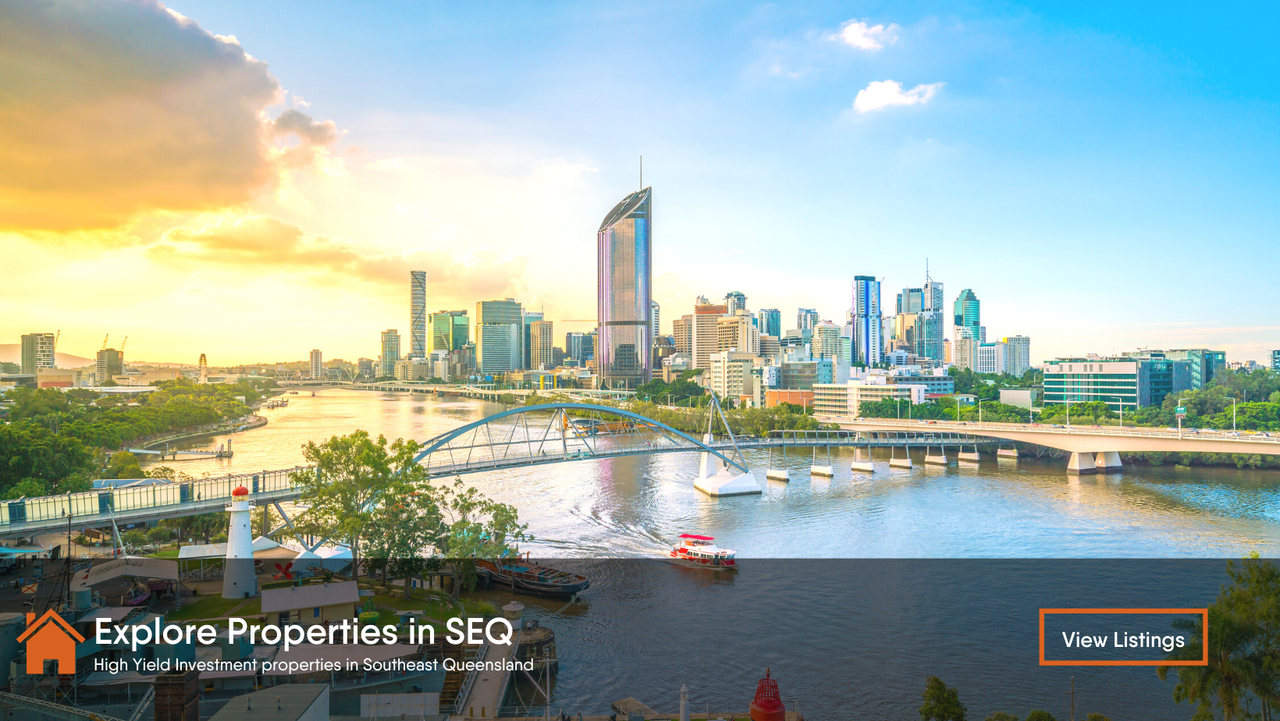The Future Of Investment Properties in Southeast Queensland
- Posted By David Brown
With a population of roughly 3.7 million Southeast Queensland is considered the fastest-growing area in Australia.
It has been forecasted that the SEQ population will increase to 5-Million by the middle of the next decade.
Escaping the lockdown in major cities of Australia has been the immediate reason for the interstate migration and most real estate experts agree that this is just the beginning of this trend.
People have realised that working remotely due to the pandemic is here to stay and entered a “race for space,” co-founder of national property network BuyersBuyers, Pete Wargent said.
“There has been a marked shift towards tree-change and especially coastal or sea-change markets, with a rush of city buyers moving outwards to compete for a limited supply on in-demand stock,” he said.
“Surveys conducted via the ABS indicate that while many Australians will ultimately return to the capital cities, the trend towards working remotely is expected to persist for many more businesses than in the pre-pandemic period.”
Wargent said tech businesses currently have to offer flexible working arrangements as a matter of course due to border closures and skills shortages.
Yet “as buyers get a taste for living in lifestyle locations, many will doubtless choose to stay for the long term”.
While job opportunities have traditionally made Sydney and Melbourne Australia’s population growth centres, the interstate migration has sharply reversed during protracted lockdowns, with southeast Queensland the main beneficiary.
Wargent said although strict rules around the inspection of properties for sale have impacted housing market turnover especially in Victoria, buyers continue to make relocation plans.
House prices
Brisbane’s median house price of $678,000 is less than half of Sydney’s and on par with that for Adelaide and Hobart. Yet by the time the 2032 Olympic Games are hosted, the price is likely to be at $1.5 million.
CoreLogic data shows the city’s annual housing value growth at 18.4 per cent.
It ranked third-fastest city nationally for August (2 per cent) behind only much smaller markets in Canberra (2.2 per cent) and Hobart (2.3 per cent).



